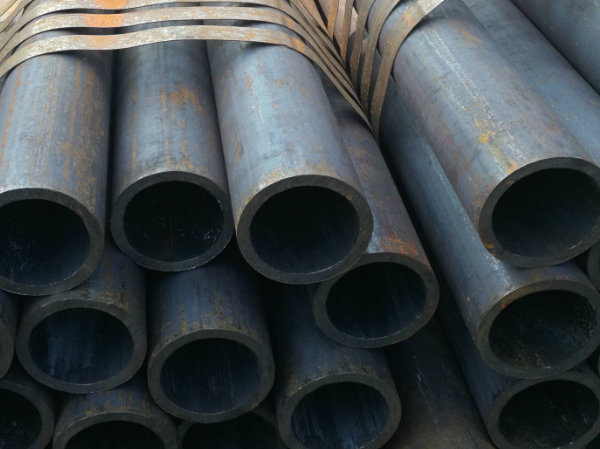
Among the surface defects of the above-mentioned steel pipes, some defects are very harmful to the performance of the steel pipe, which are called dangerous defects, such as steel pipe cracks (cracks), inner folds, outer folds, rolling breaks, delamination scars, and dents. , convex hull, etc.; some defects have relatively little impact on the performance of steel pipes, which are called general defects, such as steel pits (surfaces), blue lines, scratches (scratches, bumps), slight inner straights and outer straights, Slight internal and external spirals, concave correction, roll printing, etc.

On the one hand, it is caused by surface defects or internal defects of the tube blank. On the other hand, it is produced in the production process. If the rolling process parameters are not designed correctly, the surface of the tool (mold) is not smooth, the lubrication conditions are not good, the pass design and adjustment are unreasonable, etc., may cause the surface quality of the steel pipe to appear. Problem; or during the heating, rolling, heat treatment and straightening process of the tube blank (steel pipe), if the heating temperature is not properly controlled, the deformation is uneven, the heating and cooling speed is unreasonable, or the straightening deformation is too large, resulting in excessive residual stress, it is also likely to cause surface cracks in steel pipes.
Go here to learn more about " Common Defects and Preventive Measures in Heat Treatment of Seamless Pipes"
